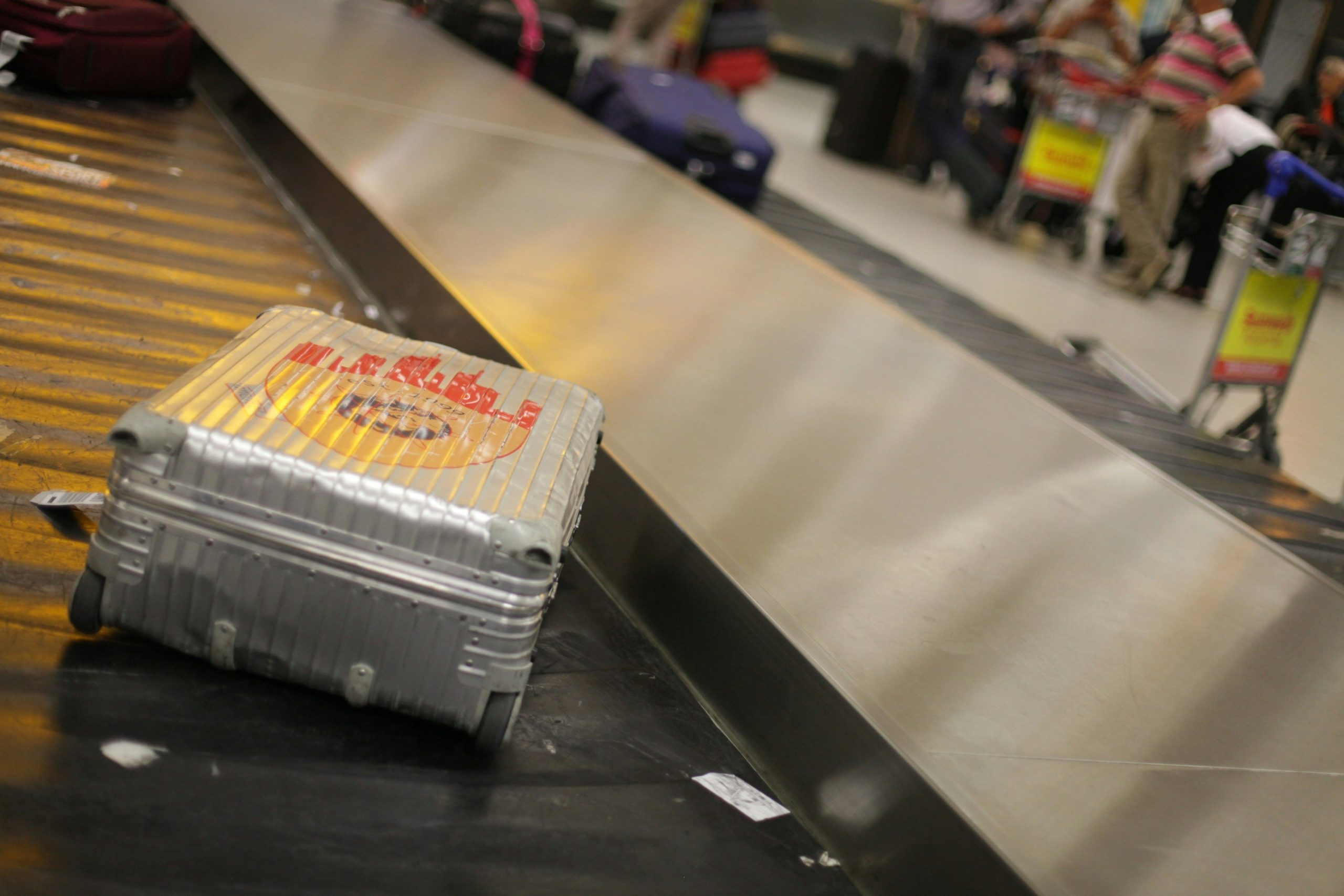1. Travel Preparation: Safety First
With thorough preparation, people with diabetes can enjoy safe and pleasant travels. How you pack your medications and medical devices is particularly important, and air travel requires special attention.
2. Why is Checked Baggage Not Okay?
The cargo hold of an airplane has a very different environment from the passenger cabin.
– Extreme Temperature Changes: The temperature in the cargo hold can drop to freezing during a flight. If insulin freezes, it loses its effectiveness completely. Once frozen, insulin should never be used, even if thawed. Electronic devices like blood glucose meters or sensors can also malfunction in extreme temperatures.
– Risk of Loss or Delay: Although rare, checked baggage can be lost or delayed by being sent to the wrong airport. A delay in the arrival of life-sustaining insulin or medication at your destination could lead to a very dangerous situation.
3. You Must Carry it On Board
Therefore, all diabetes-related supplies—including insulin, syringes, blood glucose meters, test strips, and hypoglycemia snacks—must be kept in your carry-on bag. It is safest to pack at least twice the amount you’ll need for your trip. It is also a good idea to carry a doctor’s note or prescription in English that identifies you as a person with diabetes to facilitate airport security screening.
Summary: You must never pack insulin in your checked baggage. Its effectiveness can be destroyed by the low temperatures in the cargo hold, and there is a risk of loss, so it must always be carried on board.


Leave a Reply